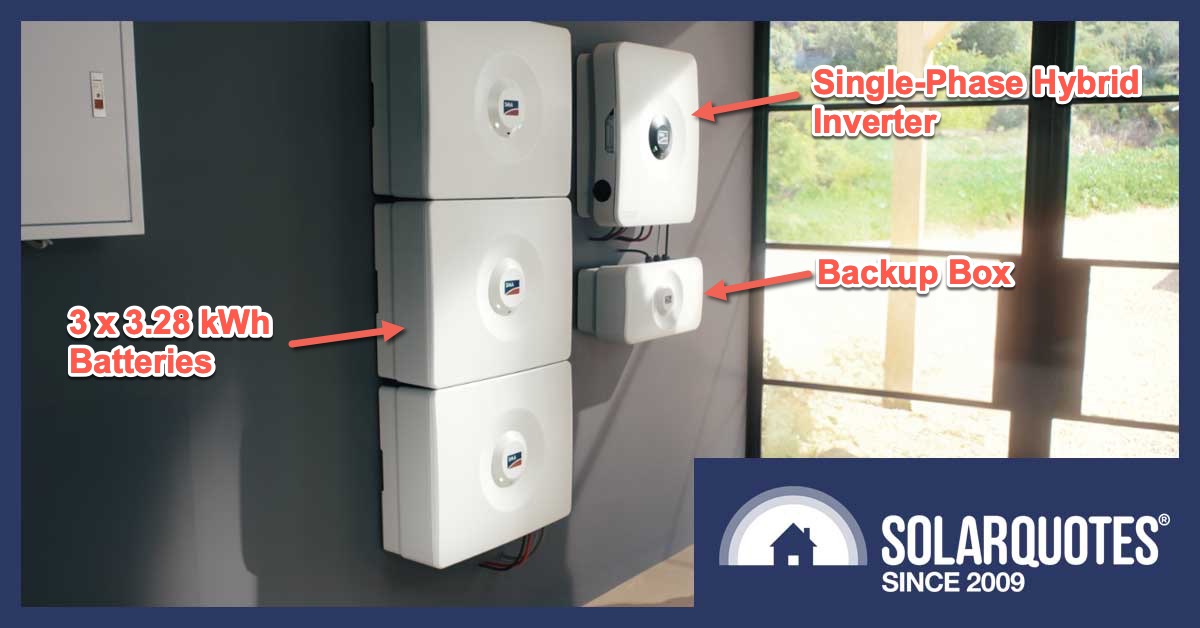
Image: SMA (modified)
Got an old red SMA solar inverter that’s still kicking? These tough-as-nails units are a testament to when SMA ruled the roost in grid-connected solar tech in Australia.
The SMA Sunny Boy used to be my go-to, whether it was the heavy-as-a-tank SB1100/1700/2500 series or especially the TL5000, a machine with a screen that told you what it was up to and even drew a little graph of the day’s output. They’re all pretty much bulletproof.
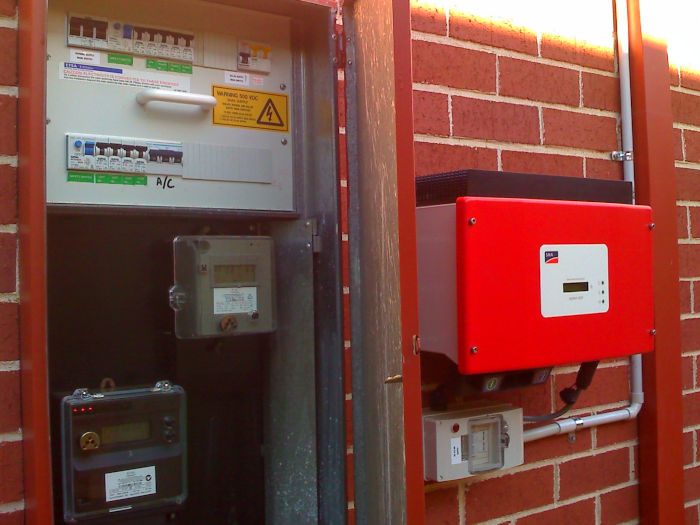
Circa 2009 Sunny Boy – image credit Solar Depot
Sadly, when you’re at the top of the game, there’s only one way to go – and SMA made a swan dive into the solar pond, with a splash so craptacular that the ripples are still evident.
How did it all go so wrong? Moving production from Germany to Asia, simultaneously releasing a new model without a screen (which really scared the horses) but most amazingly, having machines coming out of the box labelled “German quality” and dead on arrival.
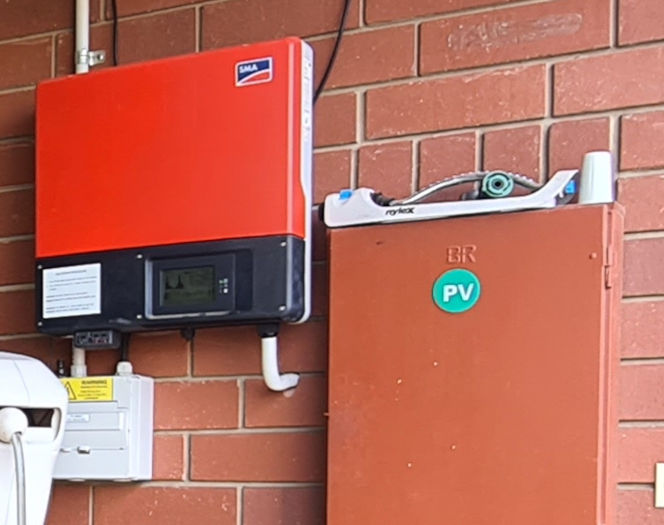
SMA TL5000 still humming away
What’s New At SMA Then?
To step back in time, the dear old yellow Sunny Island battery inverter, a machine well known as an off-grid stalwart, is now back on the approved list as a grid hybrid.
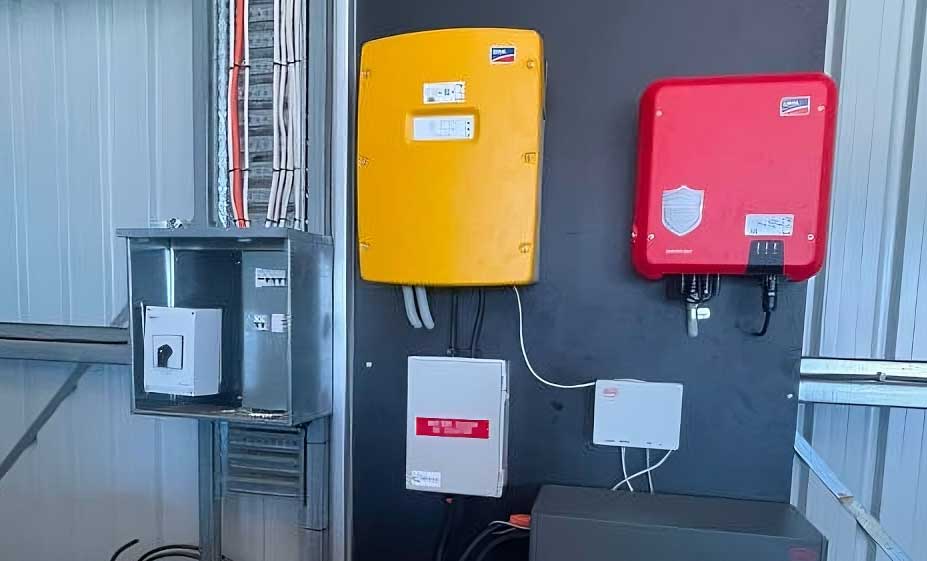
Image: Ben Emery / Facebook
So, if you want a solid but slightly clunky old device that uses 48-volt nominal batteries, options are available right now1.
What’s On The Horizon?
New SMA solar hybrid inverters are coming to Australia in Q2 2024, and if the specifications for the single-phase models are anything to go by, then things look pretty good.
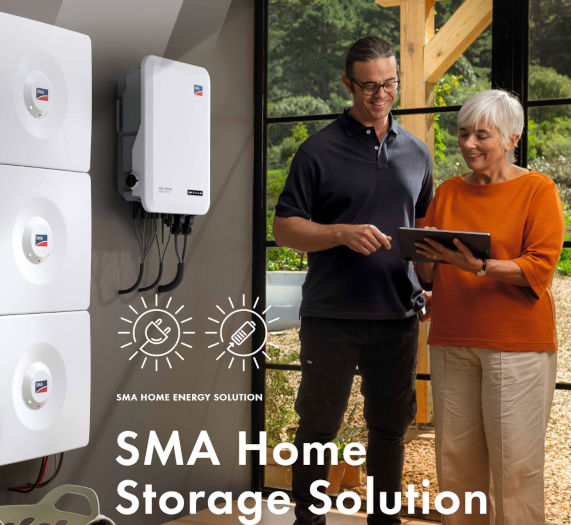
A three-phase hybrid inverter with backup built-in and pretend wiring.
SMA Hybrid Inverter Specs Are Impressive
Single-Phase ‘Smart Energy’ Inverter
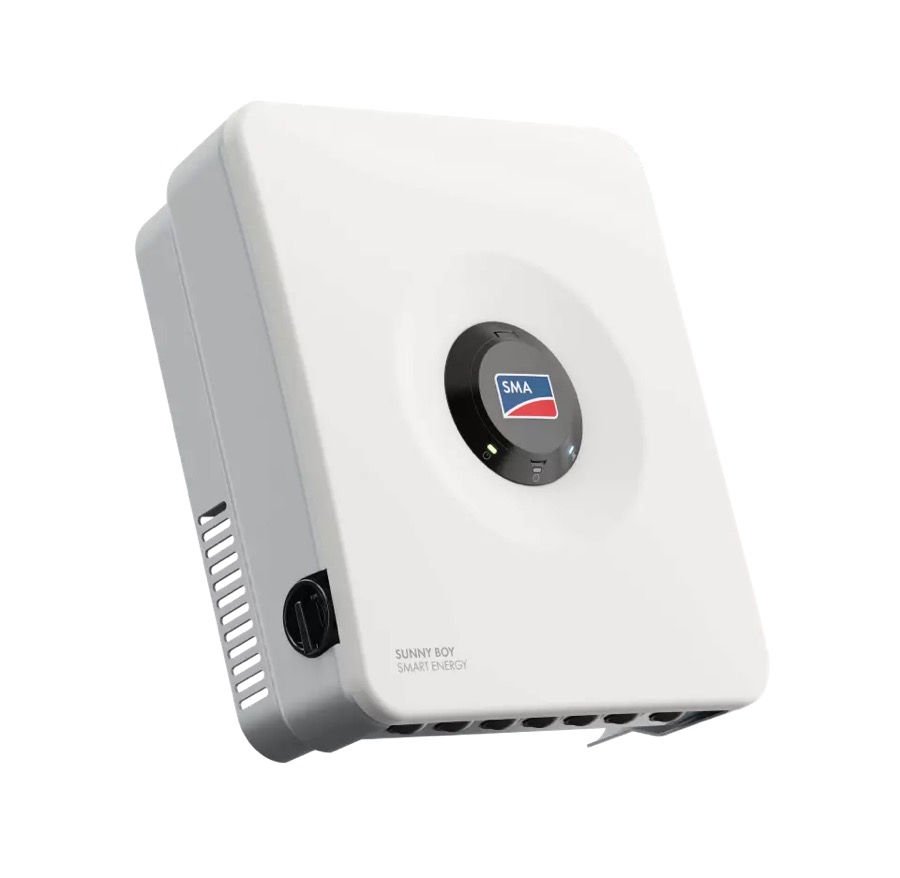
SMA Smart Energy Single-Phase ‘Smart Energy’ Hybrid Inverter
From the information I’ve seen on US single-phase units, there are six sizes ranging from 3.8 to 7.7kW. (9.6 & 11.7kW are marked as *upcoming) But for the Australian market, I would think 10kW will be the top. There are two classes of hybrid inverter. If the grid goes missing, they claim 7700 VA output on the 4 smaller units while 11400 VA is available from the larger two.
Across the board, they’ll surge to 125% for 30 seconds and 150% for 100ms. It’s not to be sneezed at, but confusingly, there are two different levels of “battery-less” backup without much detail to differentiate them. The only obvious thing is that the basic backup function named “secure” is switched manually, while the “select” and “home” functions are automatic.
What does make them competitive with Fronius and better than many others is the 15 – 34amp DC current ratings and 3 or 4 MPPT inputs, which will allow most any modern high current modules, even in parallel. This will be a winner for creative designs on complex roofs that would otherwise require a microinverter or optimiser solution.
200% DC oversizing also matches the likes of Sungrow and GoodWe, well more than the 150% offered by Fronius.
Three-Phase ‘Smart Energy’ Tripower Inverter
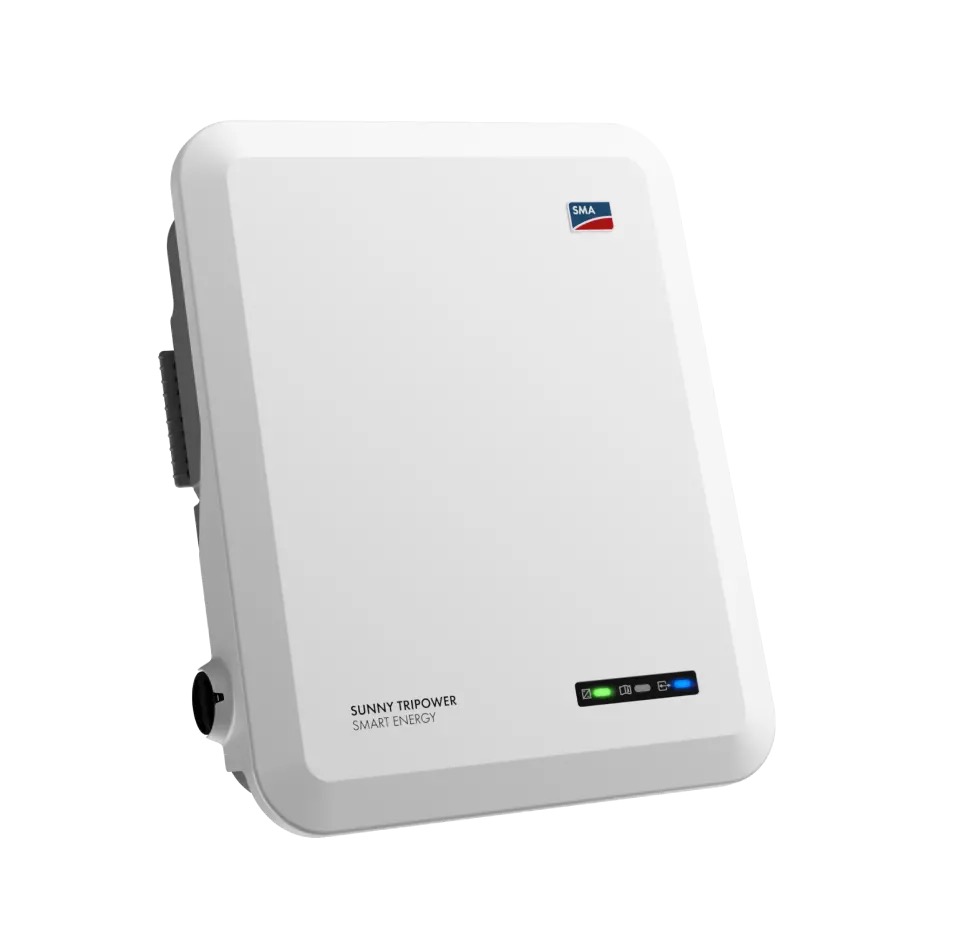
Sunny Tripower 3-Phase ‘Smart Energy’ Hybrid Inverter
There are 3 phase models with European specifications that explain they have built-in battery backup. Whether that’s a material difference to the US devices remains to be seen. The flyers refer to innovative* backup solutions – I think the asterisk refers to how much money you pay to unlock the firmware.
SMA Home Storage Battery Specs
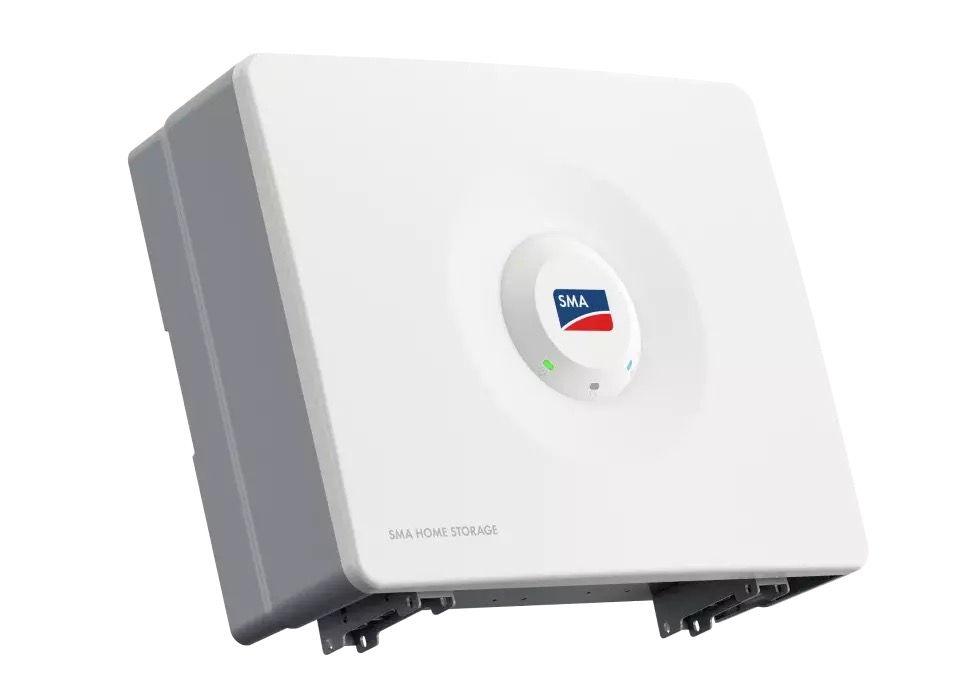
SMA 3.28 kWh battery module
The SMA Battery uses Lithium Iron Phosphate (LiFePO4) chemistry with an industry-standard 10-year warranty (only two years without internet).
However, the point of difference with other solar batteries seems to be specifying 8000 charging cycles. That equates to about 2.2 full cycles per day for 10 years, so you can really flatten the demand curve by charging overnight to meet the morning peak and then charging again with solar to avoid the evening peak. It’s like having your cake and eating it twice a day—you can charge overnight for the morning rush and recharge with solar power to sidestep the evening surge.
Seeing as many batteries specify a megawatt-hour throughput, which sees the warranty expire in 1 year or 7 years, this really is good news.
Other specs are:
- 3.28 kWh per unit with 16.4 kWh capacity available if you have room for five units (the upper bound seems a little weedy unless they can be paralleled?).
- Basic physical form is 215mm or about 8″ thick, each battery block being 610 × 483mm.
- Floor, wall or back-to-back mounting options mean two and three units end up 969 & 1455mm tall respectively.
- Stackable battery design that can be scaled up within 2 years of the original commissioning (some makers like GoodWe will not allow capacity increases after installation).
- IP65 rating, so outdoor installation is possible, while -10°C to 50°C temperature range is broad enough
The Upshot
We’ve been waiting a very long time, with at least one false start, for a new high-voltage grid hybrid from SMA. Finally, the people who “just want another reliable red box” like they bought ten years ago will have a comfortable option, albeit a boring white one.
With any luck, it won’t become the running joke that was the Enphase battery arriving by Christmas; of an unspecified year.
Where Fronius would still appear to have the lead is in terms of price2: comparable BYD battery stacks are €629/kWh versus the SMA at €715/kWh. However, this may vary in Australia, so we’ll leave the value per warranted kWh calculation until there’s an official local release.
Footnotes
- I would still choose something locally made, if you can get a grid connection approval ↩
- when comparing online prices in Europe. ↩

 RSS - Posts
RSS - Posts



Should have built the back-up box into the inverter way behind the times SMA, looks bad and more work.
Hi Johnny,
That can cut both ways, insomuch that a series connected inverter like a Sungrow 10kW single phase now comes with a bypass switch just in case it fails. If the backup box is a parallel connection then it can simplify the install in some instances.
hi
have aquired 2 x trinasolar 370 watt solar panels
would like to go hybrid and run two fridges
a 320 kw fridge/freezer
and a 177kw hybrid chest freezer as beer keg fridge set at about 1oC
would have green powerpoints adjacent existing
what would suit in way of batteries and inverter
thanks
mick
Hi Mick, It sounds like you need a camping scale system if you only have two solar modules. Bear in mind that if both of those fridge compressors (320watt & 175watt) start simultaneously you’ll need a surge capacity of 3500 or 4000 watts. (that’s 3.5 to 4kW)
I’d recommend a Victron inverter charger, probably a (3000-48-35 Multiplus?) 3kVa unit will do if it has surge capacity to suit. Wire both panels in series, work with a 48v nominal system and you’ll need less cable and find more capacity is easy to add.
If you use a 12v system then get a PowerPaul Australia battery & Victron to suit that.
I have a 1KW SMA inverter and 6 x 160w or 170w solar panels on the roof. It is still working (not really sure how effectively) and very happy given that it is at least 16 years old and it cost me nothing!
I live in QLD and got the system new when government rebates first came on the market, and the ONLY offer in those days was a 1Kw system.
The only way I can get more solar on the roof is to built a deck specifically to put up a system that would range from 5Kw to 11Kw. At this stage I am unsure if I can afford a battery and I have been waiting for panels to reach 500w to save space.
Hi Steven,
550w panels are already here in a Commercial & Industrial space. Around 1140mm wide & 2300mm long last I checked. 11kW sounds like fun but I’m glad your old system keeps going. Batteries are still expensive but there are good use cases for them now.
Hi Anthony,
The 550w panels for Commercial & Industrial space are you still able to get them subsidised like house panels? I should have said that not only did I want 500w panels but the subsidy that is attached as well – not affluent enough do do it unsubsidised.
While the panels you mentioned are 1140mm wide & 2300mm long space wasn’t my main concern – it would be new additional construction with consideration to the size.
I have a reasonably reliable grid supply, presently batteries are still expensive but I am hoping that we see new battery types emerge such as
https://www.abc.net.au/news/science/2022-07-19/sand-battery-debuts-in-finland-world-first-heat-thermal-storage/101235514
Hi Anthony
I guess you could say im a pretty big supporter of SMA with 4/ Tripower inverters running 63kw of solar, 3/ SI8.0-11 Islands running 65kwh of batteries on a Batrium BMS, and grid connected.
However wanting to keep up with the evolving solar environment I would like to go VPP with Amber however it is not so simple as it looks like SMA is one of the few that is not compatible, ive just been told to change my inverter!!!
Im still to investigate Catch Power further as they list the sunny boy as integrated but that falls pretty short of what I need.
Do you have any suggestions/ workarounds or is this a dead horse with SMA on older systems?
Thanks Jarrod
Hi Jarrod,
I’ve installed bags of SMA TL5000 sunny boys and they are just bulletproof. Full respect to them. Sunny Islands are also well liked despite the use of frequency shift for off grid control being a bit clunky these days.
As I understand it the Sunny Island is back on the approved list for grid connected machines but I haven’t asked recently about their ability to export. Selectronic SpPro is capable but as of 2015 they’re not allowed to export from the DC bus sadly.
You may need to take your existing setup “off grid” and get a newer inverter to play with Amber. Perhaps look at Deye (pronounced Day) they have 48VDC machines which might be able to share your existing battery and borrow some of the solar strings?
If anyone has an answer for the SMA it would be CatchPower I think.